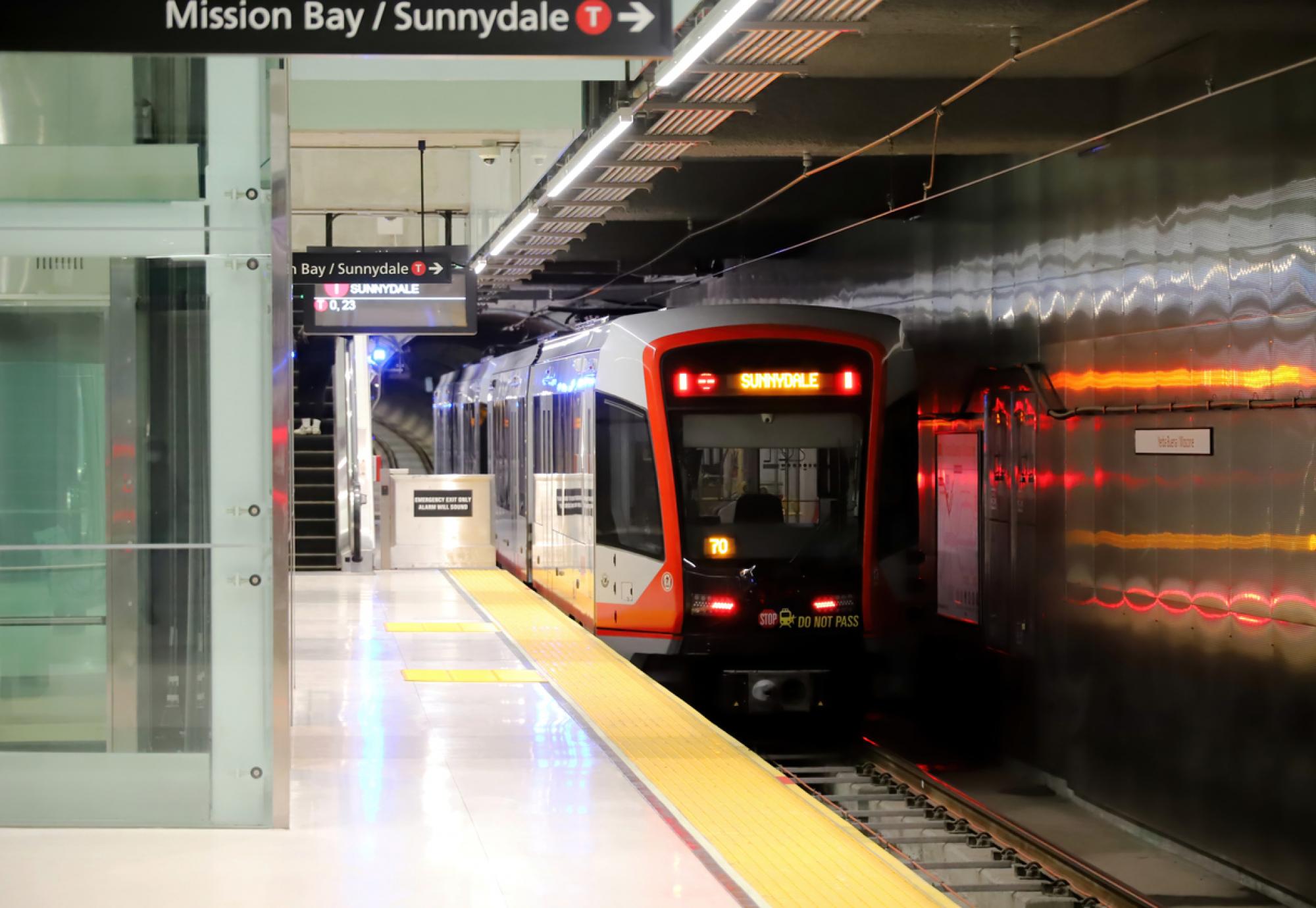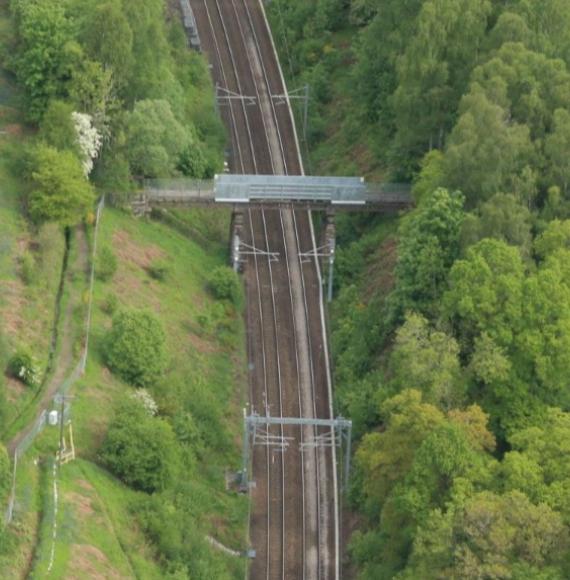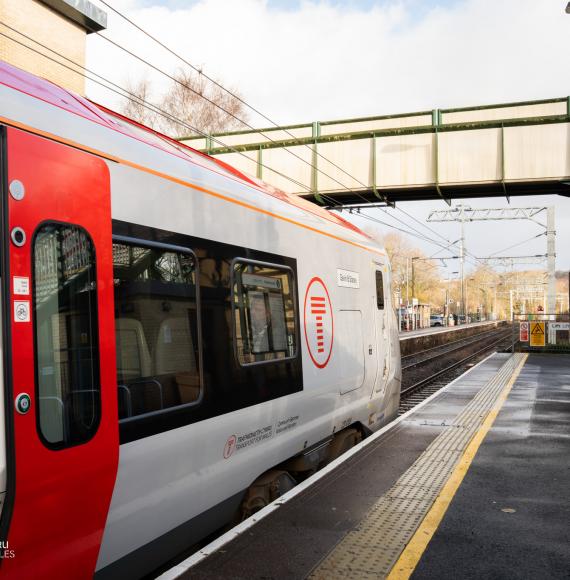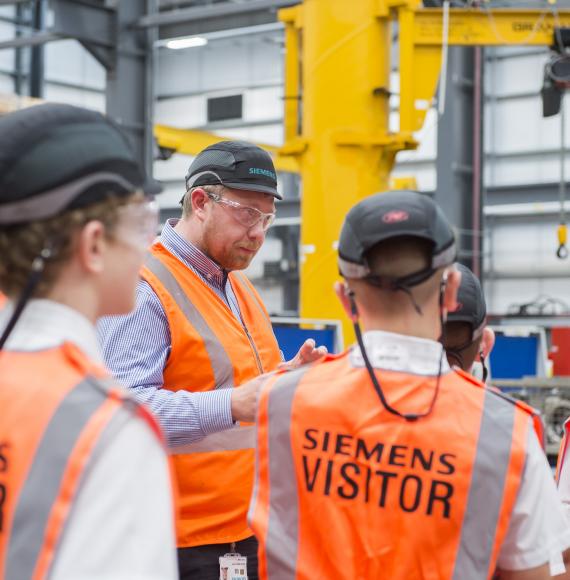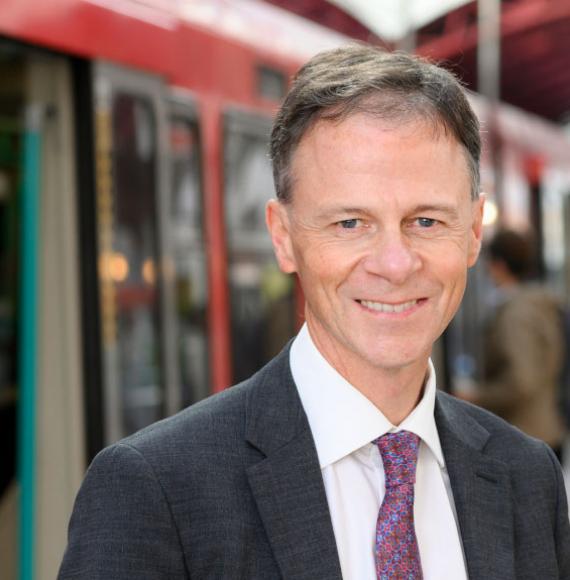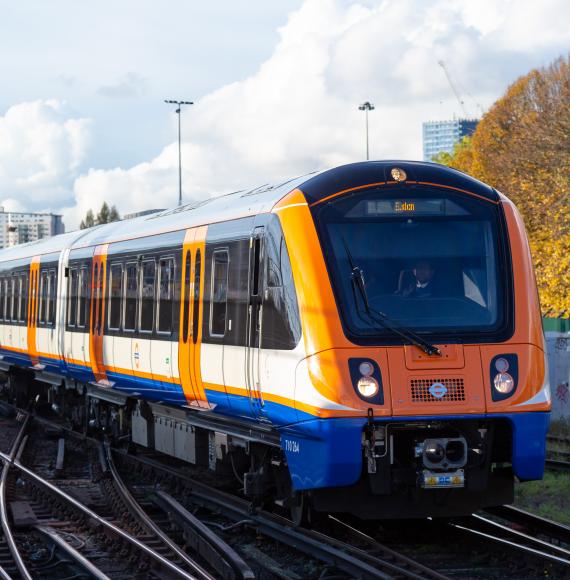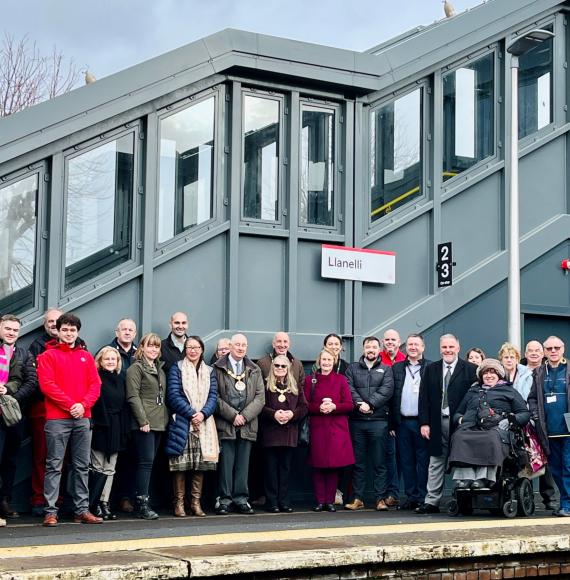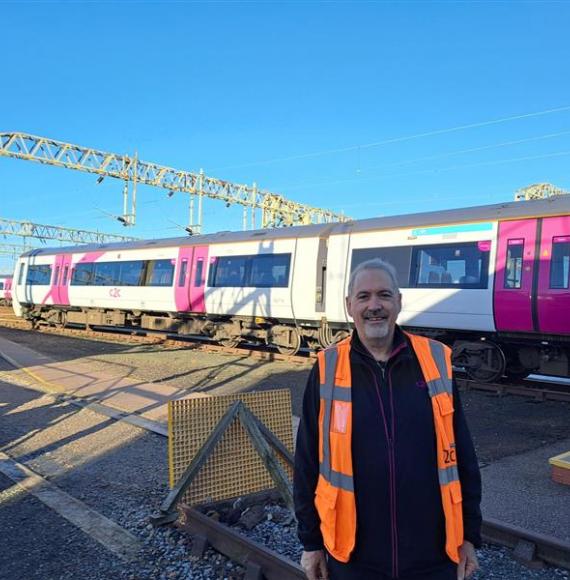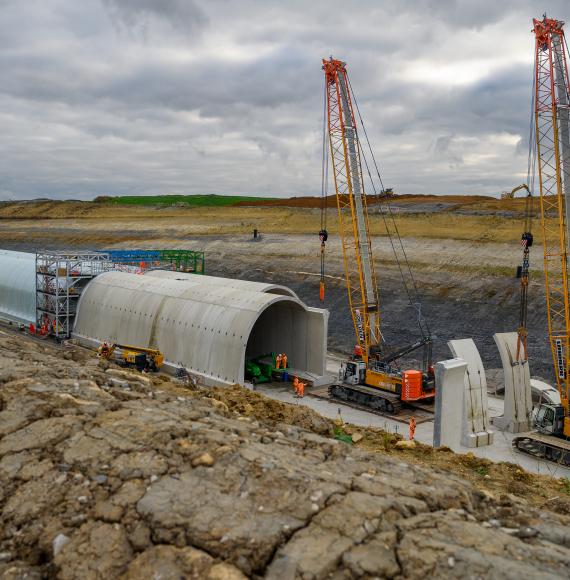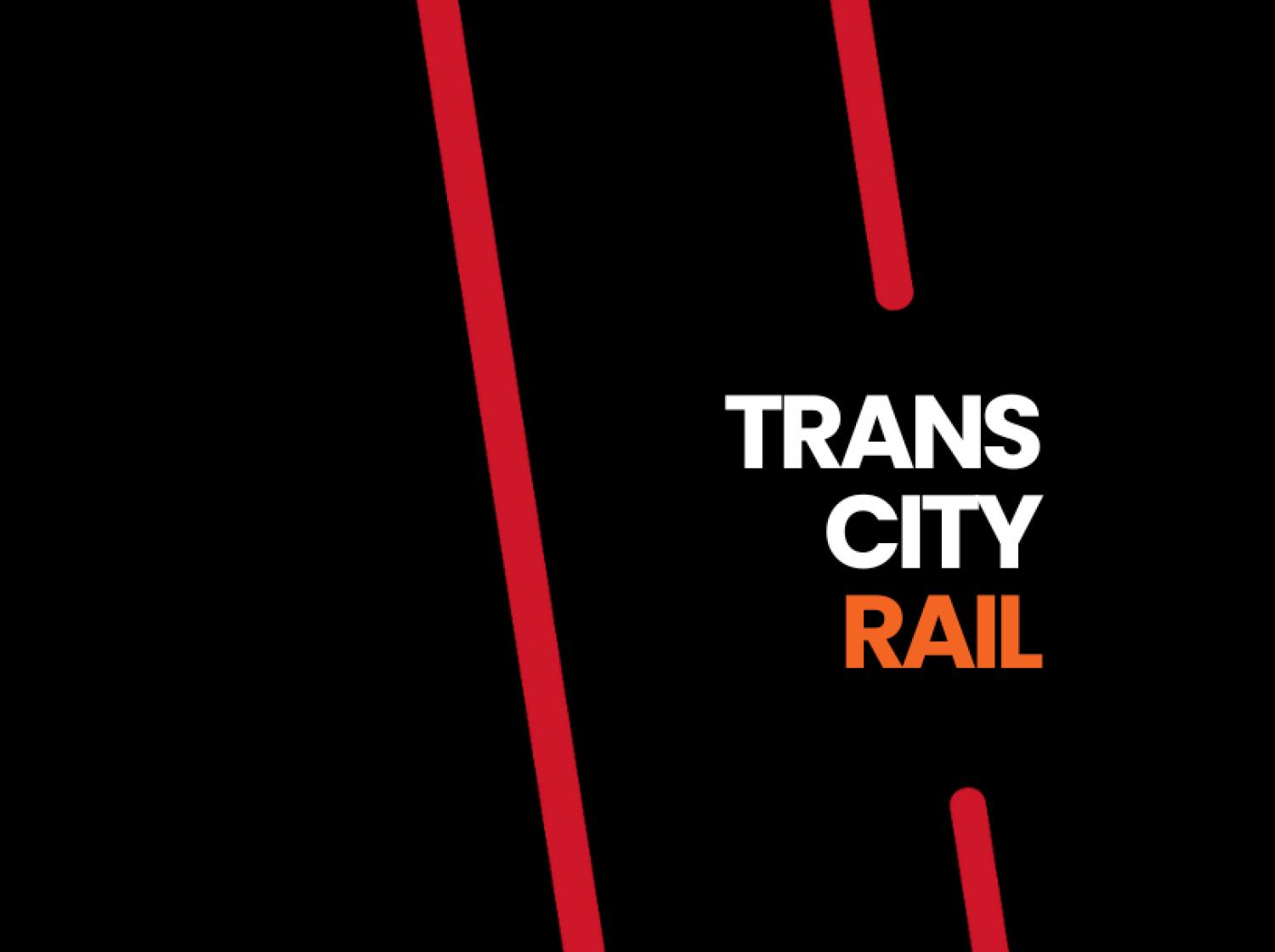The San Francisco Municipal Transportation Agency (SFMTA) is finally addressing a long-standing issue as it is set to upgrade the city's outdated Muni Metro train control system.
In a major modernisation move, the agency has announced plans to replace the aging system with a state-of-the-art technology known as Communications-Based Train Control (CBTC).
They currently use the Automatic Train Control (ATCS) system which was originally installed in the 1980s, and has been plagued by equipment failures and sluggish performance, including a complete crash of the operating system in October 2023 which brought the network to a standstill.
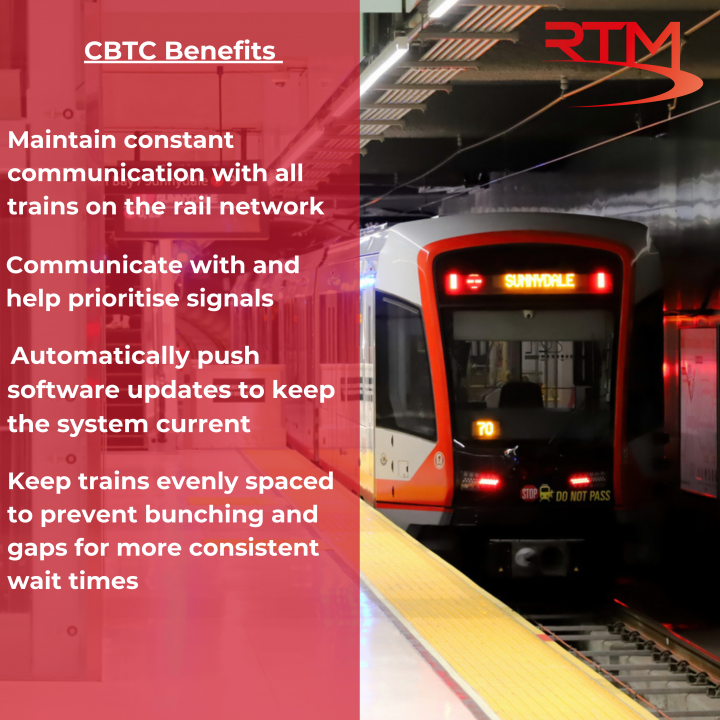
It is hoped, by installing CBTC it will provide a continuous, real-time communication with every train on the network, including those traversing the city's subway and streetcar lines. This constant connection allows for dynamic signal prioritisation, meaning trains can seamlessly adapt to traffic flow and avoid unnecessary stoppages.
It is also expected to help drivers who will now be armed with advanced information about upcoming signals, and will be able to optimise their approach for smoother and more efficient journeys.
CBTC will automatically maintain consistent spacing between trains, ensuring predictable wait times and travel durations.
The storage of data will be a huge improvement on the current system however. The Muni Metro, which is the third busiest light-rail system in the U.S, it is still reliant on floppy-disks. The new system will automatically push updates to the software.
SFMTA estimates CBTC will slash delays by 20-25%, allowing for increased train frequency.
The project is still in its planning phase, but follows on the example already set by the London Underground and Vancouver’s metro systems, both of which have begun upgrading their systems.
The SFMTA are committing to a phased rollout across the network with a full implementation targeted for 2029.
Photo Credit: iStock

